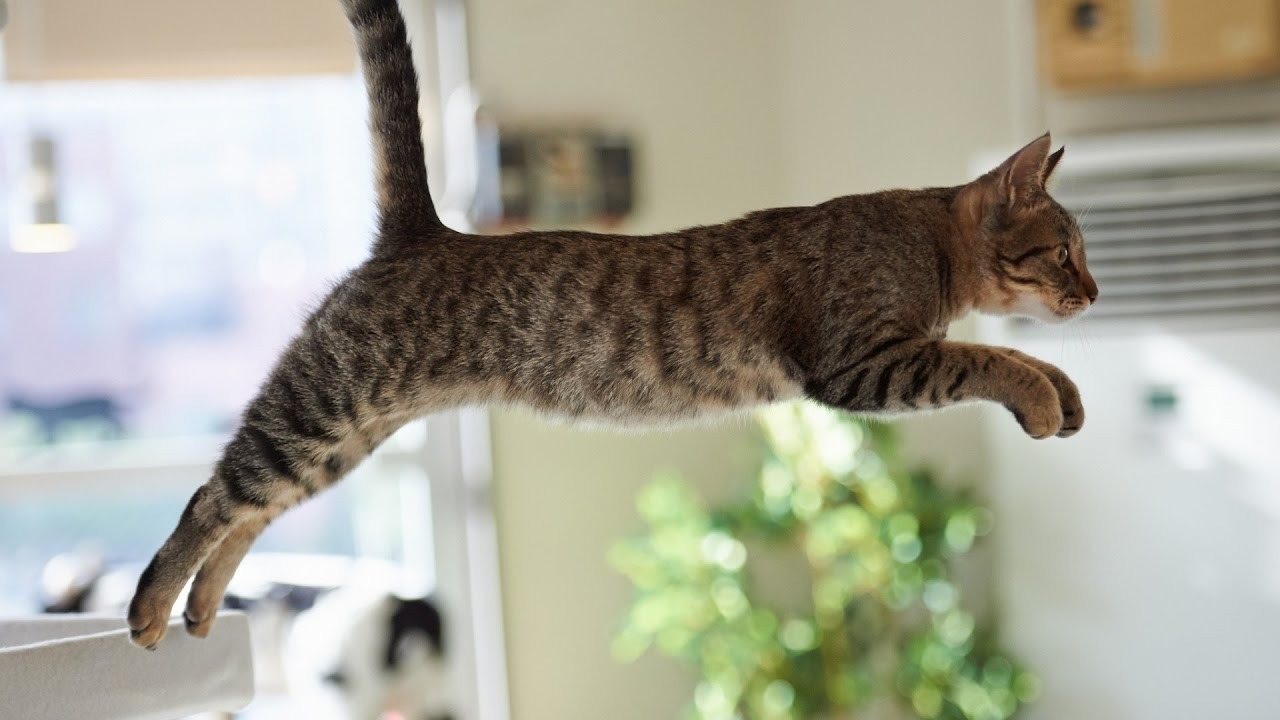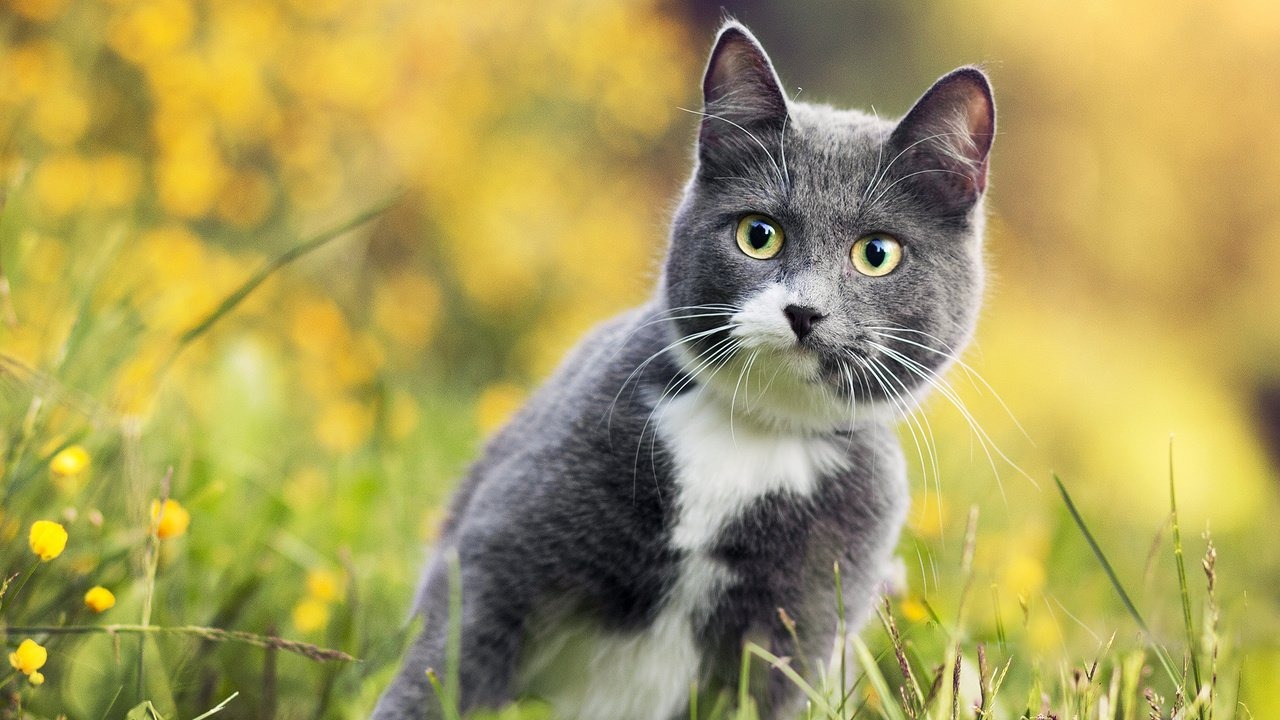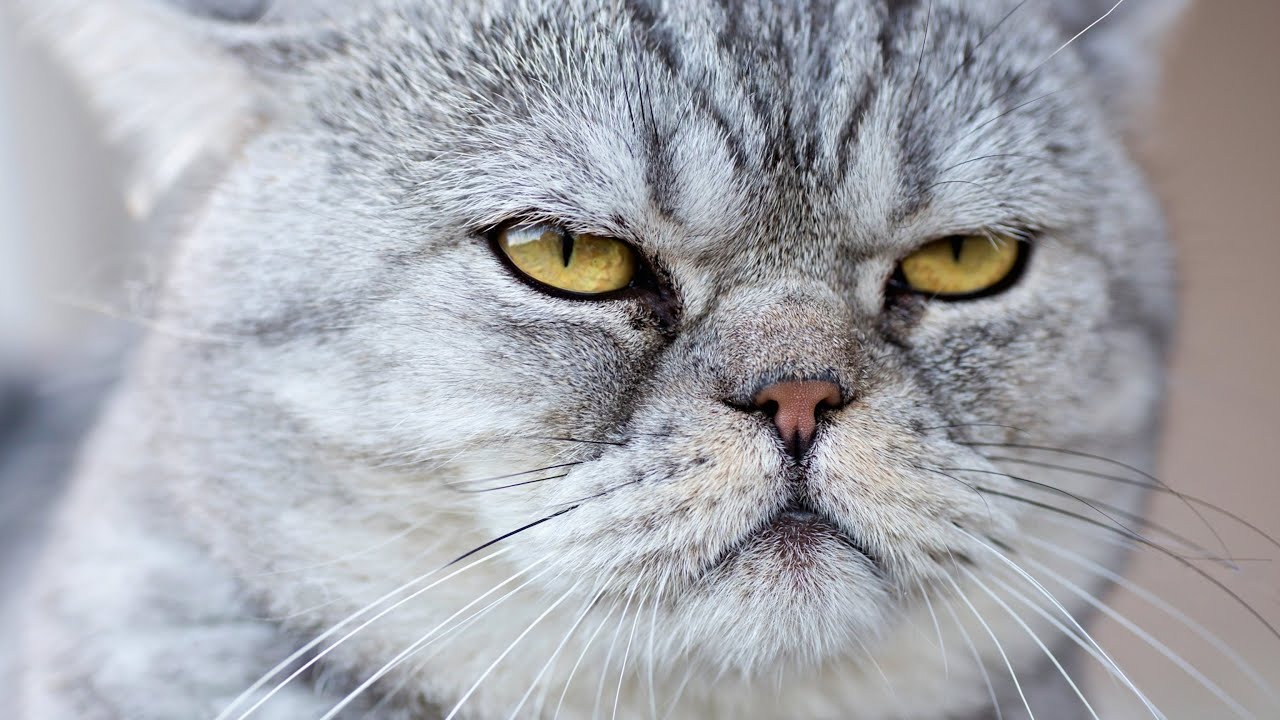It is a fact that cats really have their own characters. So, could our cats, who surprise us with their unique behavior, be psychopaths?
When it comes to personality, regardless of human or animal variation inevitable. This also applies to cats. Some may be more introverted and calm, while others may be more extroverted and energetic.
Our furry friends, the source of joy in our homes, sometimes have behaviors that we cannot understand. “He’s such a psychopath!” It is now possible to measure the psychopathy level of our cats, which we make fun of. If you are ready the character of our cats Let’s start our content that we will determine.
Using the CAT-Tri+ scale, the psychopathy level of cats can be determined.
This scale was published in an academic journal in 2021. “A domestic cat (Felis silvestris catus) model of triarchic psychopathy factors: Development and initial validation of the CAT-Tri+ questionnaire” It is included in the article.
Scale cats’ behavior in six categories is examining. These;
- Bravery
- disinhibition
- Evil
- Not pet friendly
- misanthropy
Every question on the scale 1 (does not describe my cat) to 5 (describes my cat) The total score obtained by scoring between by dividing by the number of questions on the scale You get one point for each category.
The points you obtain are based on your cat’s How well it reflects the characteristics of the category is showing.
So let’s start examining the scale. Part one: Courage

- My cat explores dangerous places (e.g. gardens of strange cats, very high places, etc.).
- My cat is exploring new places.
- My cat seems unaware of danger (e.g. runs into the street, makes risky jumps, etc.).
- My cat climbs too high.
- My cat sits in high places (e.g. on the couch, on the stairs).
- My cat chases other cats out of the house/yard.
- My cat loves exploring outside the house.
- My cat dares to go far from home.
- My cat regularly hunts small creatures (e.g. birds, mice).
- My cat tortures its prey instead of killing it immediately.
- My cat dominates other cats in the neighborhood (e.g. chases them, fights with them)
- My cat acts aggressively towards neighborhood cats (e.g., lunges, slaps, growls, plays rough).
After scoring all statements from 1 (does not describe my cat) to 5 (describes my cat) adding all the points and dividing by 12 You can access your cat’s score in this category.
You can determine your cat’s courage level on this scale, which will be evaluated between 12 and 60. according to their proximity to two extreme values You can comment.
We continue with the second part, disinhibition.

Before moving on to the questions, let’s explain what disinhibition means. In its simplest terms disinhibitionresulting from the removal of all or some of the restrictions free behavior means.
- My cat needs constant touching.
- My cat makes loud noises (e.g. meows, meows) for no apparent reason.
- My cat gets excited very easily (e.g. speeds up and becomes uncoordinated).
- My cat demands attention (e.g. pats people with her paws to play).
- My cat walks/sits on items I try to use (e.g. laptops, books).
- My cat wants to be around people (e.g. calls to find out where people are, follows them across the room).
- My cat constantly meows when left alone and follows people around the house by meowing.
- My cat runs around the house for no apparent reason.
- My cat is very social towards people (i.e. moves to be close to them from their comfort spot).
- My cat disturbs people when he wants something (for example, he meows/hits when he wants food or wants to enter a room).
- My cat gets distracted easily.
- My cat is curious (e.g. watches things out the window, checks to see who’s coming when the doorbell rings).
After scoring all the statements between 1 (does not describe my cat) and 5 (describes my cat), all adding the points and dividing by 12 You can access your cat’s score in this category.
12 to 60 Your cat’s degree of disinhibition on this scale, which will be evaluated between their closeness to these two values You can interpret it accordingly.
Let’s continue with the third part, evil.

- My cat is not learning from her experiences and will continue to exhibit dangerous/harmful behavior.
- My cat does not follow house rules (e.g. walks on counter/table, climbs curtains, runs away when called).
- My cat does not deter from punishments, that is, he repeats the behaviors for which he is scolded.
- My cat damages things (e.g. scratches furniture, pushes objects off surfaces)
- My cat steals food/drinks from people/pets (e.g. eats/drinks from their bowls/cups).
- My cat hides and jumps on people/pets (e.g. behind doors, in corners, on counters).
- My cat disturbs resting people/pets (e.g. jumps on them to wake them up).
- My cat acts aggressively (e.g. biting, scratching) when playing with people.
- My cat doesn’t look guilty after misbehaving.
After scoring all statements from 1 (does not describe my cat) to 5 (describes my cat) adding all the points and dividing by 9 You can access your cat’s score in this category.
9 to 45 You can determine your cat’s evil degree on this scale, which will be evaluated between According to their closeness to these two values You can comment.
Let’s continue with the fourth part. Not pet friendly:

- Compared to other residents of the house (humans, pets), my cat has control of common areas (e.g. removes others from rooms/furniture)
- My cat dominates other pet cats (e.g. chases, starts fights).
- My cat acts aggressively (e.g., lunges, slaps, growls, plays rough) towards other pet cats.
- My cat drives other pet cats away from his favorite locations (bed, sofa, cat litter).
- My cat dominates other non-cat pets (e.g. chases, starts fights).
- My cat keeps other non-cat pets away from his favorite locations (bed, sofa).
- My cat acts aggressively toward other non-cat pets (e.g., lunges, slaps, growls, plays rough).
After scoring all statements from 1 (does not describe my cat) to 5 (describes my cat) adding all the points and dividing by 7 You can access your cat’s score in this category.
7 to 35 Rate your cat’s pet-friendliness on this scale: According to their closeness to these two values You can comment.
We have come to the last part. Misanthropy:

- My cat dominates me (e.g. chases me, attacks me).
- My cat does not like to be stroked (e.g. withdraws, bites, scratches).
- My cat is aggressive towards children/I worry my cat will hurt a child (e.g. biting, scratching).
- My cat is aggressive towards new people (e.g. biting, scratching).
- My cat shows sudden mood swings (e.g. purrs when petted but suddenly bites).
- My cat purrs when attacking people/animals.
After scoring all statements from 1 (does not describe my cat) to 5 (describes my cat) adding all the points and dividing by 6 You can access your cat’s score in this category.
6 to 30 Your cat’s degree of misanthropy on this scale, which will be evaluated between According to their closeness to these two values You can comment.
Finally, your cat The total score received from this scale to find by dividing the points you gave to all expressions by the total number of expressions (46) You can find your cat’s overall score on the scale.
To comment briefly 46 to 230 You can determine your cat’s degree of psychopathy on this scale, which will be evaluated between According to their closeness to these two values You can comment.
Don’t forget to mention your results in the comments!
Our other content about cats:
RELATED NEWS
7 Apps That Pet Owners Must Download: Emergencies, Cat Language Translations, Veterinary Services…
RELATED NEWS
What might be the reasons why cats gag when they hear the sound of a comb? You Can Even Cause Epilepsy While Trying to Be Funny!
RELATED NEWS
